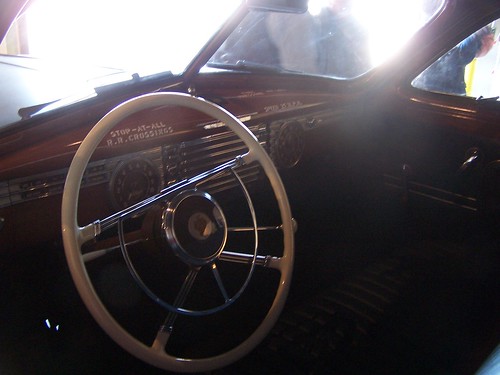The long road to home is finally upon us. Since closing our Old Town location to the public on February 7th, the entire Museum staff and countless volunteers have been working nonstop to get everything packed and moved to the new building. During this, hundreds of volunteer hours were donated to get the new exhibit walls built and installed, more outdoor artifacts and exhibits were moved and set up by WWAR, phone lines put in, security systems installed, fire roads and inspections and residency.....and on and on.
As of this week, the staff formerly referred to as NAM staff is being moved to our new offices. As an aside, we will forever be nostalgic about the days when we had an easy to pronounce 3 letter acronym for our beloved organization. We are truly no longer the National Atomic Museum. The National Museum of Nuclear Science & History is finally here, but NMNSH is not as smooth of an acronym to pronounce. Symbolic in many ways, we are well aware of the fact that we are part of something far larger than ourselves. The future of this organization is boundless. With rocky roads and trials behind us, we look forward to simple problems such as answering phones with a much longer welcome.
"National Museum of Nuclear Science & History, how can we help you?"
This week, staff and volunteers are working late into the evening to prime and paint our new exhibit walls in the new building. If you have any extra time and are interested in helping - please feel free to give us a call at 505-245-2137 x.114.
Starting Monday March 16th all of the staff will be reporting full time to our new home at 601 Eubank SE. After being between the two spaces over the past 5 weeks, this is a great relief. There are still some things to be moved and installed after that. Our beloved Redstone will move either next week or the week of the 23rd. That same week our beautiful new professionally designed interior exhibits will show up, and the exhibit fabrication company will install them in their new home.
So - when do we open??
THURSDAY APRIL 2, 2009Black Tie (optional) Cocktail Reception
6pm
a special preview for anyone which includes heavy hors'dvors, cocktails, music, and more
Tickets $50
available to purchase online at www.nuclearmuseum.org
for more info contact Special Event Coordinator Marina Colon at 505-245-2137 x. 114 or mmcolon@sandia.gov
FRIDAY APRIL 3, 2009Member Preview
1pm-4pm
a special preview for all those foundation members and donors that have helped the museum along the way
for more info or to rsvp contact Membership Specialist Nadine Scala at 505-245-2137 x. 113 or rnscala@sandia.gov
SATURDAY & SUNDAY APRIL 4th & 5th, 2009PUBLIC GRAND OPENING9am-6pm
$8 adults
$7 senior
$7 youth
$6 active military
children under 5 - FREE!
This weekend will open this exciting new museum to the public for the first time and feature activities for all ages. See new exhibits, including Trinity and its Legacy, Energy Encounters, Little Albert's Lab. Dress to compete in the "Albert Einstein Look-Alike Contest," try some hands-on science, see our B29 and B52 airplanes, and so much more.
For more information check our website often www.nuclearmuseum.org. AND, sometime in the next few weeks this will change too! We're looking forward to the launch of our new website!
There's so much going on that it's hard for us to keep up, and we're doing it all! More to come!







